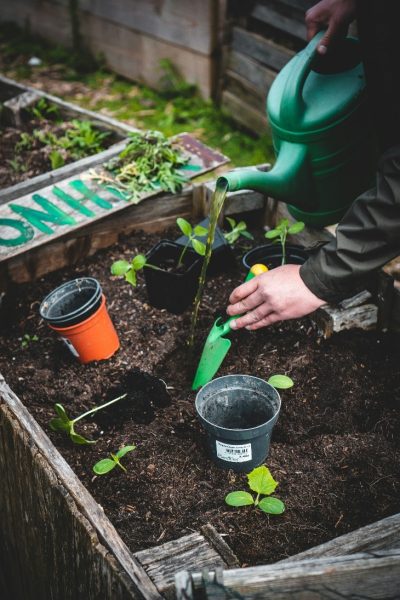A spacious garden can be a joy to behold, but caring for it often requires more than basic equipment.
Here, I’ll walk you through a selection of highly effective tools, adding depth to each recommendation with insights, practical tips, and specific advice to help you feel prepared for everything from lawn care to fence repairs.
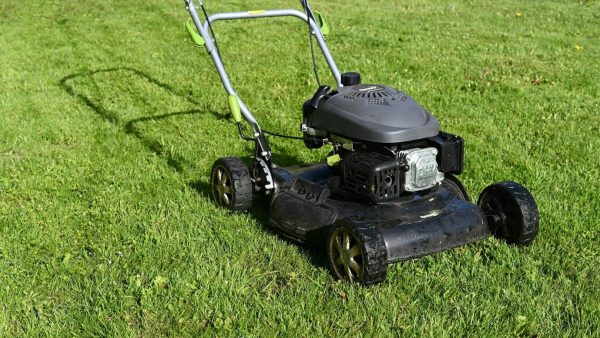
1. Lawn Mowers for Expansive Lawns
A big lawn needs specialized care, and a standard push mower often isn’t powerful enough to handle the job well. For this, a self-propelled mower is invaluable, reducing physical strain and providing consistent, even cuts across wide stretches. A ride-on mower takes it a step further, offering greater comfort and control on larger plots.
- Zero-turn mowers: Consider mowers with a zero-turn feature if your yard includes winding paths, trees, or flower beds. Zero-turn steering allows for sharp pivots, making it easy to mow close to garden features without needing to come back with a trimmer.
- Advanced models: Many advanced models also include variable speed controls or mulching capabilities. Mulching recycles clippings back into the soil, which can reduce the need for added fertilizing—a great advantage over time. You could also use automatic mowers (source).
Tip: If your lawn has areas with particularly dense grass or occasional dips, opt for a mower with adjustable cutting heights. This allows you to mow without over-stressing the engine or leaving patches behind. Switching to a self-propelled model myself was a revelation—I could navigate tight corners and uneven areas with ease, cutting down the time and physical effort of each mowing session.
2. Maun Fencing Pliers for Fence and Trellis Maintenance

Fencing Pliers | maunindustries.com
The Maun Fencing Plier Comfort Grips 200 mm (link here) brings professional-grade utility to home garden maintenance. While originally crafted for tough outdoor work like livestock farms, their versatility makes them perfect for any yard with wirework.
From fixing mesh around compost heaps to installing wire plant supports, these pliers handle tough materials with precision.
- Secure grip: The V-slot and parallel jaws provide a secure grip, reducing slippage or twisting, especially useful when working solo.
- Rust-proof construction: These pliers can handle everything from fine trellis wires to thicker supports, cutting cleanly without damaging the material. Their rust-proof zinc plating makes them built to withstand outdoor exposure, so you won’t be replacing them frequently.
When I set up a wire trellis to support heavy clematis vines, these pliers allowed me to create tight, precise connections without straining my hands. I’ve also used them to reinforce wire around a vegetable patch, and the comfort grips made the task noticeably easier even after an hour of work.
Summary: These fencing pliers offer versatile, all-weather wire control for any yard that includes fencing, trellises, or other support structures.
3. Hedge Trimmers or Pristine Edge

Tall hedges add structure and privacy but require regular maintenance to stay neat. For expansive gardens, cordless hedge trimmers are a game-changer. Not having to worry about cords or outdoor outlets means you can work in multiple areas without interruption.
- Battery life: Look for trimmers with a long blade length to tackle more hedge per pass, minimizing the time spent trimming. Battery life is crucial; consider models with lithium-ion batteries for extended use and quicker recharging.
- Dual-action blades: For advanced users, dual-action blades are also worth considering as they cut both ways, creating cleaner, neater results (source).
- Telescopic options: If you need to shape tall or hard-to-reach sections, a telescopic trimmer offers reach and flexibility, reducing the risks associated with ladders.
Using a cordless trimmer with dual-action blades has transformed my hedge-trimming routine. Rather than struggling with ladders, I can reach the tops easily and trim sides evenly in one pass, creating a sharp, polished look every time.
Summary: Cordless trimmers with long, dual-action blades allow for safe, quick, and precise hedge maintenance, making it easy to achieve a polished look.
4. Leaf Blowers and Vacuums for Tidy Paths
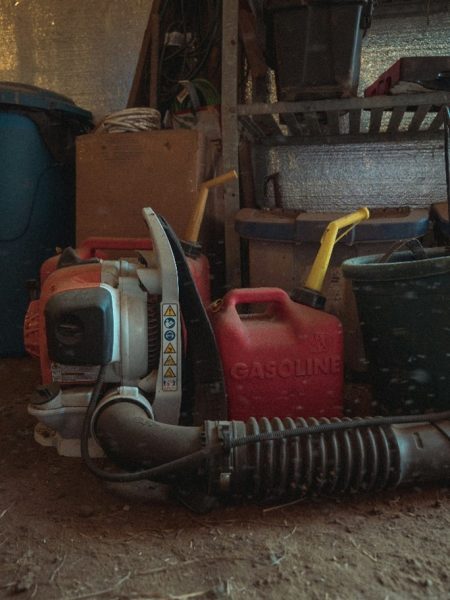
Large gardens collect a lot of debris, especially in autumn. A backpack leaf blower offers powerful clearing while distributing weight across your shoulders to minimize back strain. Also consider how the right tree care service company can give you a major helping hand.
- Variable speed controls: Look for models with variable speed controls to adjust airflow—high power for dense areas, and lower speeds for working around delicate plants or flower beds.
- Blower-vacuum combo: A blower-vacuum combo is useful for gardeners who compost. Switching from blowing to vacuuming means you can gather leaves into a bag, ready for composting.
- Noise reduction: Many blower models now offer noise reduction features, which can be a relief if you’re working near neighbors or want a quieter experience (source).
Since switching to a backpack blower, I’ve found clearing fallen leaves a quick, nearly effortless task. The adjustable speeds allow me to work around fragile plants without disturbing them, making it ideal for mixed-use spaces with lawns, flower beds, and vegetable patches.
Summary: A backpack blower or blower-vacuum combo with speed control is ideal for efficiently managing debris without disturbing plants, especially in large spaces with varied areas.
5. Pruning Tools for Clean Cuts

Regular pruning is key to keeping trees and shrubs healthy. A bypass pruner is ideal for most small to medium branches, as it uses a scissor-like motion that creates a clean cut, reducing the risk of disease.
- Loppers for thicker branches: For thicker branches, loppers with long handles provide the leverage needed to cut through woodier sections with ease.
- Telescopic pruners: For higher branches, telescopic pruners or a small electric pole saw are ideal. These tools let you stay grounded while working on overhead branches, which is not only safer but also faster.
- Ratchet mechanisms: Some advanced models come with ratcheting mechanisms that make each squeeze easier by increasing force, while non-slip or cushioned handles reduce hand fatigue for extensive pruning tasks.
After upgrading to telescopic loppers with a ratcheting mechanism, I found that even thick branches on my trees could be pruned with minimal effort. The telescopic handle made it easy to reach high branches, giving me greater control over the shape and health of my trees.
Summary: Ratcheting loppers and telescopic pole saws make precise pruning easy and safe, especially for reaching higher branches.
6. Garden Forks and Spades for Soil Preparation
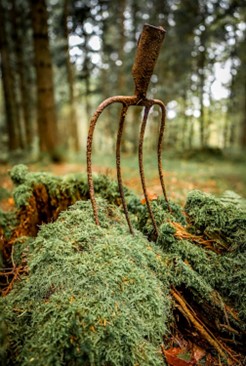
A garden fork is essential for breaking up compacted ground, especially in larger vegetable beds or flower borders.
- Durability of tines: Look for forks with carbon or stainless steel tines, which are strong enough to penetrate hard soils without bending. The fork’s design also promotes soil aeration, encouraging healthy root growth and preventing waterlogging.
- Spades for digging and trenching: A sharp spade is equally essential for digging, turning soil, or creating trenches. A long handle can be beneficial here, offering greater leverage when working on larger areas.
- Treaded edges: Some advanced models feature ergonomic designs that make lifting and turning soil easier on your back, with treaded edges on spades that provide better foot grip, particularly useful in heavier soils or clay.
My stainless steel garden fork has been invaluable in preparing my vegetable beds. The sharp tines cut through even the toughest soil with ease, and the treaded edge on my spade saves my feet and back from strain.
Summary: Stainless steel forks and treaded spades are ideal for efficient, ergonomic soil preparation, particularly in tougher soil.
7. Watering Systems for Consistent Hydration
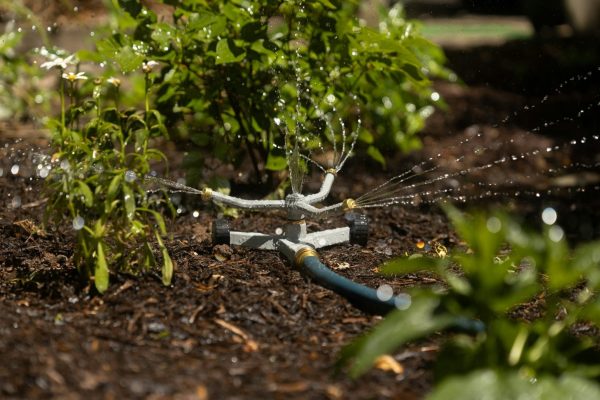
Keeping a large garden watered is no small task. Automatic irrigation systems can be customized with timers and zones, providing the right amount of water at the right time.
- Adjustable flow rates: Look for systems with adjustable flow rates, which let you cater to different plants—less water for succulents, more for hydrangeas.
- Soaker hoses for budget options: If a full irrigation system isn’t practical, soaker hoses offer a budget-friendly alternative for beds and borders. They can be laid around plants and covered with mulch to conserve moisture.
- Rainwater barrel for eco-friendly watering: A rainwater barrel connected to downspouts is another eco-friendly option, helping reduce water bills while providing plants with soft, mineral-rich rainwater.
Installing a soaker hose allowed me to water my flower beds without hand watering. I also set up a rain barrel near my vegetable patch, which not only conserves water but provides the plants with nutrients that municipal water lacks.
Summary: Automated watering systems and rain barrels make consistent, eco-friendly watering straightforward and sustainable.
8. Weed Control Tools for a Tidy Garden
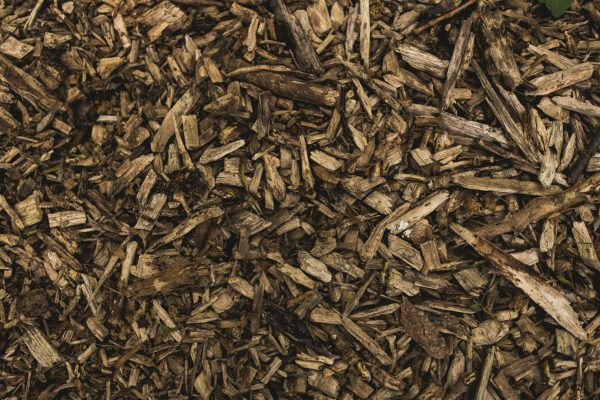
Weeds can quickly take over, competing with plants for resources. Flame weeders offer a chemical-free way to burn weeds at the root, eliminating them without disturbing the soil.
- Long-handled tools: For delicate areas or near ornamentals, long-handled weeding tools allow deep removal without bending.
- Mulching for weed prevention: Applying mulch around beds helps prevent weed growth by blocking sunlight, and it also improves soil moisture retention (source).
- Landscape fabric for high-traffic areas: In high-traffic areas, landscape fabric under gravel or bark offers a long-lasting weed barrier.
Using a flame weeder allowed me to control weed growth along my garden path without harsh chemicals. Combined with mulching around beds, I could keep the whole space tidy with minimal effort.
Summary: Flame weeders, long-handled tools, and mulch create a low-maintenance approach to weed control in large gardens.
9. Composting Tools for Eco-Friendly Waste Management
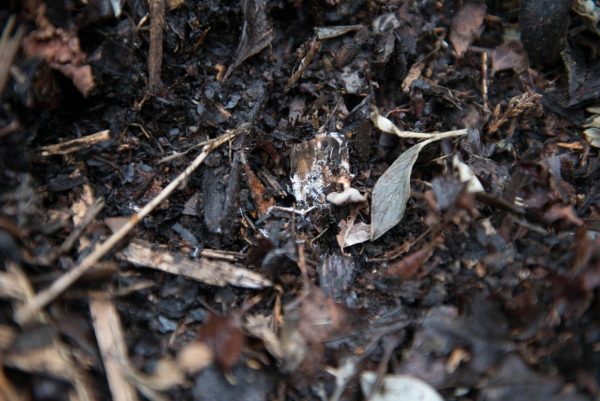
Composting turns garden waste into valuable, nutrient-rich soil. A compost tumbler provides aeration, making it easy to turn and mix without using a pitchfork.
- Shredder for tough materials: For large gardens with woody debris, a shredder speeds up decomposition by breaking down branches and tough plant material.
- Layering materials: To maximize nutrients, try layering carbon-rich “brown” materials like leaves with nitrogen-rich “green” materials like grass clippings.
- Microbial benefits: Using compost enriches soil texture, encourages beneficial microbes, and reduces the need for chemical fertilizers.
With a compost tumbler and shredder, I’ve been able to recycle most of my garden waste, producing rich compost that nourishes my flower beds and vegetable patch. The tumbler lets me turn the mix every few days, speeding up the process.
Summary: A compost tumbler and shredder make composting efficient, turning garden waste into valuable organic matter that enriches the soil.
With these tools, keeping a large garden under control becomes manageable, letting you maintain and shape your space with ease.

